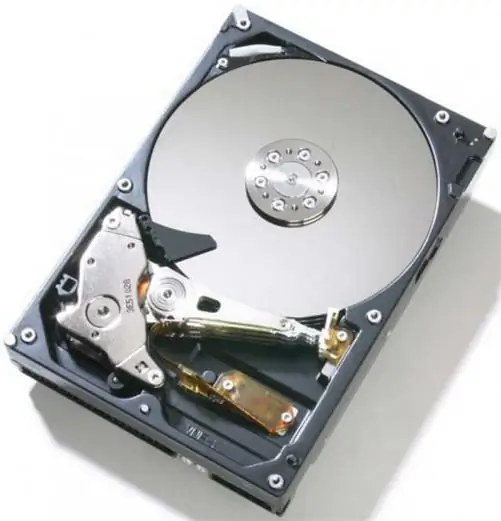Working on a computer with a low-performance disk subsystem becomes a real torment. Long OS load, "twitching" of the image when watching a video, the exhausting process of saving and editing graphic files - if you are familiar with this, do not rush to complain about the video card or processor. Chances are, your hard drive is the culprit. When buying a computer, it is unlikely that you paid attention to any parameters of your HDD, except for the volume. But it is in your power to increase the performance of your hard drive.

Necessary
A computer running an operating system
Instructions
Step 1
Analyze the need to defragment your disks. The presence of a large number of fragmented files significantly increases the access time to the file, since it takes a lot of time to constantly position the drive head over the tracks in different sectors of the disk. To do this, right-click on the "My Computer" icon in the "Start" menu and select "Control" from the context. In the left window of the Computer Management console, go to the Disk Defragmenter snap-in.
Step 2
At the bottom of the window, click the Analyze button. The utility will analyze the disk and display a dialog box with information about the need for defragmentation. Click the Defragment button.
Step 3
Set the paging file size to the minimum value. If the paging file is large, the system increases the number of accesses to the slow hard disk. To change this parameter, select "Properties" by right-clicking on the "My Computer" icon. Click the Advanced tab and click the Options button in the Performance section. In the window that opens, set the size of the paging file.
Step 4
To reduce the movement of the magnetic head, divide the hard disk into logical disks, which will allow you to separate service information, as well as group shared files on one disk. This will reduce the access time.
Step 5
If possible, increase the number of physical disks to two. This will allow delimiting read-write operations, which increases performance several times.
Step 6
Many hard drive models have an AAM function to regulate the noise level. The noise level when using this function is significantly reduced, but the speed of positioning of the head is also significantly reduced. Some disc models support disabling this function using service utilities, which can be downloaded from the manufacturer's website. Although the interfaces of the utilities are different, the general principle of their use is as follows: boot from a bootable CD, run the utility from a floppy disk, select the Automatic Acoustic Management item in the menu, select the AAM off mode. This will significantly improve performance indicators, albeit at the expense of the quietness of the computer.






